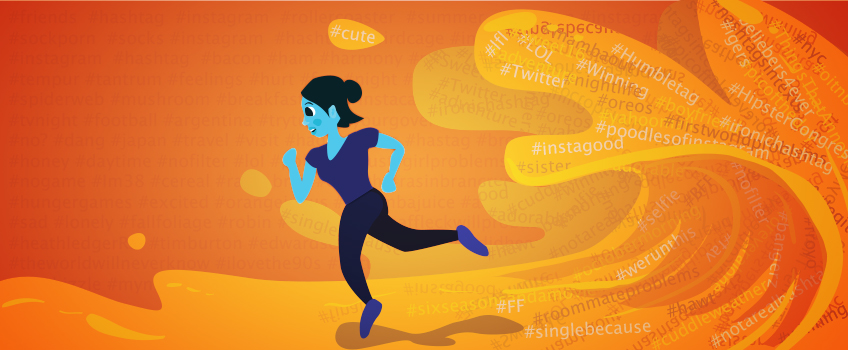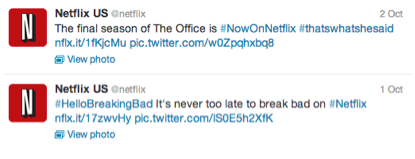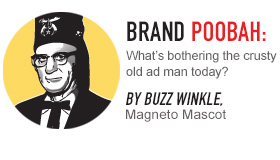We live in an information-heavy world. Events that would take days to make front-page news are now broadcast within seconds, thanks to platforms like Facebook and Twitter. Companies are now engaging with their customers more than ever, creating conversations and relationships. With all of this information floating around, tools like hashtags work to sort it all, making it easier to digest and categorize. But what is a hashtag?
Hashtags: A History
The hashtag was first used in 2007 via tweet by Chris Messina, who suggested using the pound sign to group tweets submitted on Twitter. Since then, the hashtag does just that on every main social media platform – it categorizes what people are saying about everything from Miley Cyrus’ love of twerking to Mad Men. It’s just one click to get a quick opinion or news about really, anything.
Hashtags as commentary
The argument can be made that a hashtag is punctuation. Some people use hashtags as a commentary after their message.
Example:
When we posted this photo on Instagram, we knew people weren’t going to be looking up #146daysandcounting to find Christmas photos in July – it’s far too specific. Instead, the idea of that being an actual, usable hashtag seemed a little ridiculous to us – so we used it as a quick, ironic comment about the photo. We used #christmasinjuly for categorization purposes, as it was more relevant and widely used by other Instagrammers.
Jimmy Fallon and Justin Timberlake released this video, which shows us how ridiculous we all can sound by using hashtags as commentary, but in some cases, like in Netflix’s, it works.
Branding via hashtags
Brands use hashtags in all sorts of ways to engage with their customers. A few weeks ago, Netflix used them as a commentary, like our #146daysandcounting.
In a categorical sense, news agencies use Twitter to break news, but they also use them to ask public feedback or find sources for stories, using hashtags to find what they’re looking for quickly.
Sports teams use specific hashtags to encourage fans to ask players questions for “Twitter Takeovers” like this one from our very own Portland Thorns this past August.
JC Penney remade the Fallon/Timberlake video and offered a discount for customers who literally said “hashtag” at the register.
A few years back, KFC held a scholarship contest where entries were gleaned and judged via #KFCScholar – and the winner received $20,000. That’s right. A hashtag was worth $20k.
The important thing to keep in mind about hashtags and social media in general, is that it’s about conversation – and listening to those talking about your brand.
Where hashtags are concerned, there’s no need to reinvent the wheel and create a new hashtag for your brand. With some research and the help of www.hashtag.org, it’s easy to see what people are saying about your company and how they’re classifying it. By using this information, it’s easier to step into the conversations people are having instead of creating a new one.
At the core, hashtags really are an excellent way to categorize and classify information in a very news and content heavy world. The Magneto way is to keep it simple – with a touch of humor here and there. Follow us on Twitter to keep up with our #writervsdesigner arguments – and tell us how you use hashtags.
Share:
Recent Posts
- 9/22/2016 • Magneto Creates M Financial’s 2015 Annual Report
- 8/03/2016 • Magneto aligns Marger Johnson’s look with the industries it serves
- 7/20/2016 • Magneto brings bold vision to City Color branding and website development
- 7/13/2016 • Brand Advertising, Defined: The Creative Process
- 5/25/2016 • Brand Advertising, Defined: Where Science Meets Art





